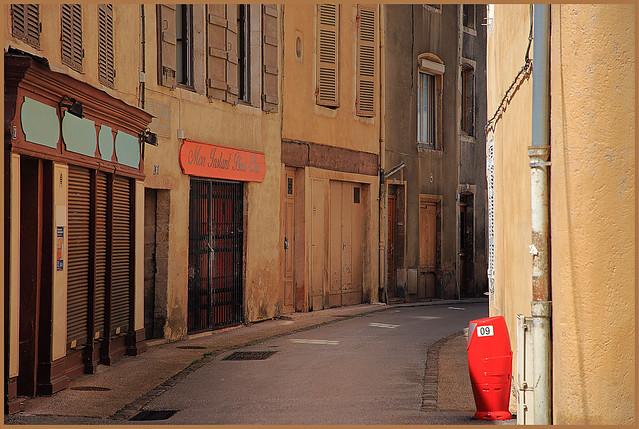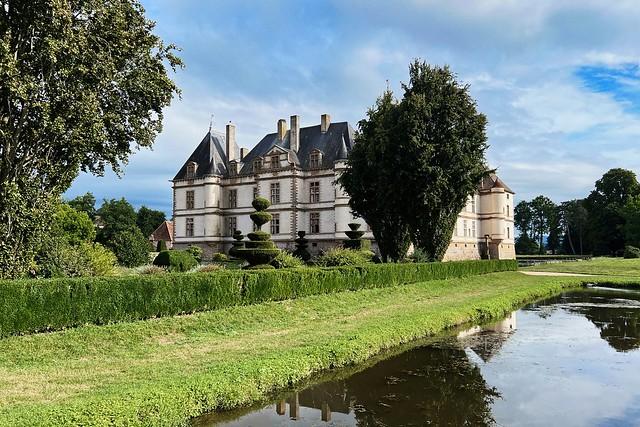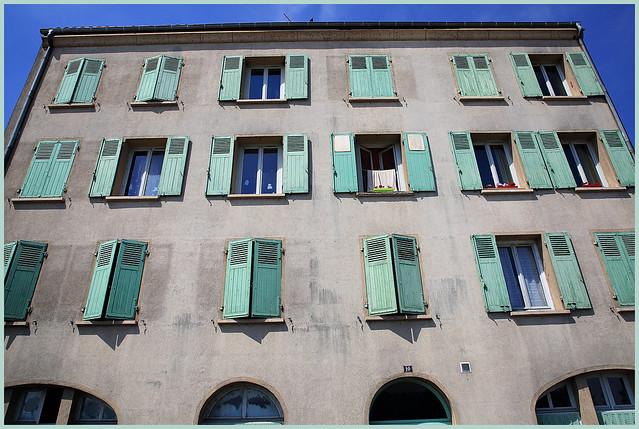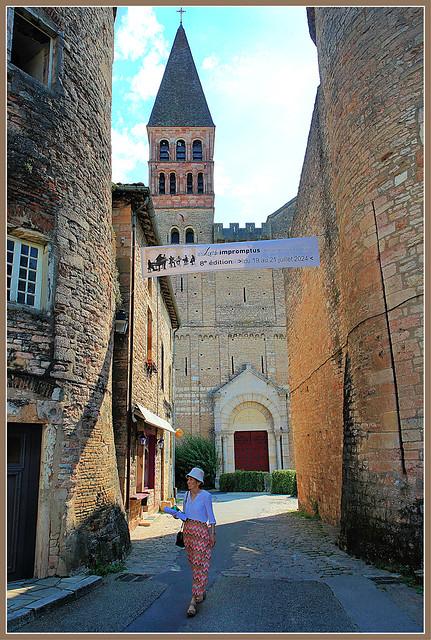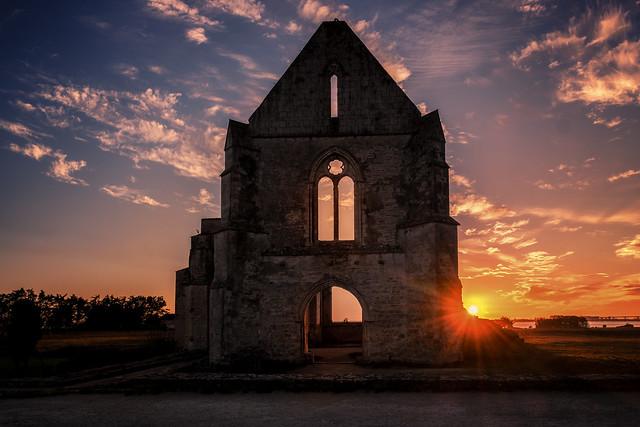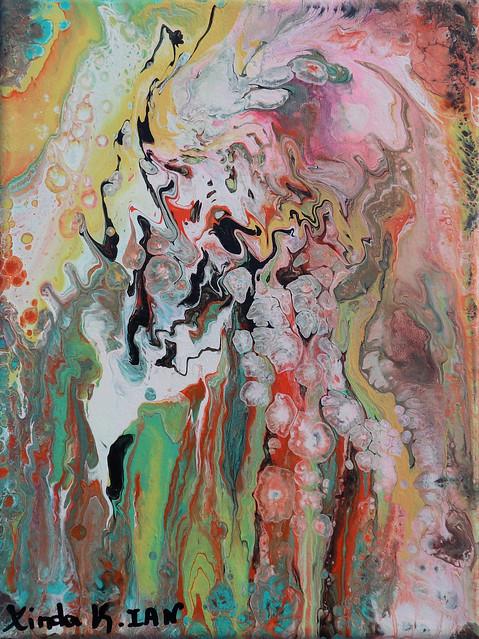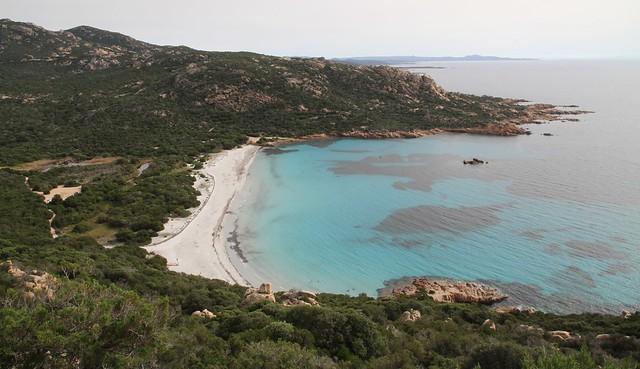Saône-et-Loire
Overview
Overview of Saône-et-Loire, France
Saône-et-Loire is a captivating department located in the Bourgogne-Franche-Comté region in eastern France. It is named after the Saône River and the Loire River, both of which meander through its picturesque landscapes. This region is steeped in history and culture, offering a unique blend of architectural heritage and natural beauty. Visitors can explore Romanesque churches, vibrant market towns, and the renowned vineyards of Burgundy. The local cuisine is a highlight, featuring Burgundian specialties like Charolais beef, Bresse chicken, and the famous Dijon mustard, promising a delightful culinary adventure.
High Season for Tourism
The peak travel season in Saône-et-Loire is during the summer months, from June to August. During this period, the weather is generally warm and pleasant, making it ideal for exploring the outdoors. This is a great time to visit the numerous vineyards, enjoy leisurely boat trips on the rivers, or hike and cycle through the scenic routes of the region. Cultural festivals and events, such as music festivals and wine tastings, are abundant in the summer, offering a deep dive into the local traditions and vibrant cultural life of the area.
Preparations for Travel
Before visiting Saône-et-Loire, it's important to make a few key preparations to ensure a smooth and enjoyable trip. First, consider learning some basic French phrases, as this will help in interacting with locals, especially in rural areas where English might not be widely spoken. Make sure to book accommodations and any special tours or events in advance, especially if traveling during the high season when places can get booked up quickly. Lastly, pack appropriately for the weather: light clothing for the summer months, comfortable walking shoes for exploring, and don’t forget a raincoat, as occasional showers can happen.
How It Becomes to This
History not available

You May Like
Explore other interesting states in France


